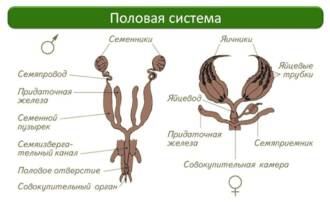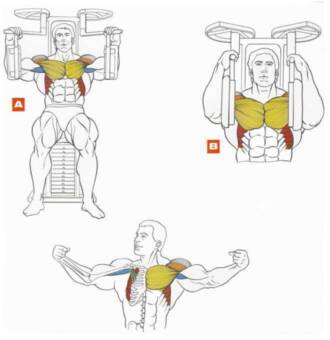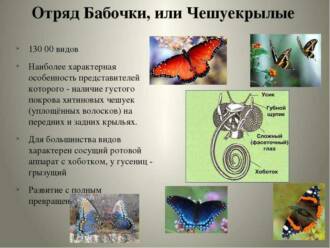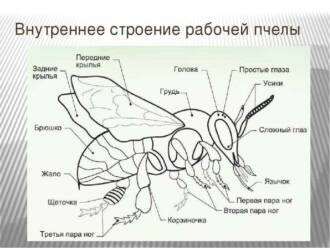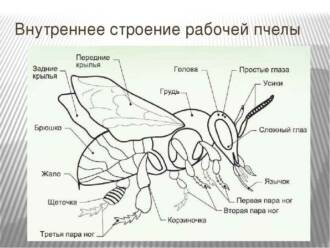
Butterflies are colorful and delicate creatures that attract attention with their bright wings and graceful flight. But behind this beauty lies an amazing anatomy that allows them to perform their incredible maneuvers and complex functions. Butterflies, like all insects, have a body made up of several segments, each with its own specialization and function.
The first segment of a butterfly's body is called the head. It contains eyes, antennae and lips. Butterfly eyes are made up of hundreds of small eyes that allow them to see the world around them. The antennae serve as a sensory organ and help butterflies find food and breeding partners. Butterfly lips have different shapes depending on their type of feeding.
The second segment of the butterfly's body is the chest. It contains the muscles and wings. The muscles of butterflies help them move and perform complex maneuvers in the air. Butterfly wings consist of a thin membrane that is covered with scales. Wings serve not only for flight, but also for protection from predators and to attract partners during reproduction. Each butterfly has its own unique pattern on its wings, which helps to identify its species.
The third segment of the butterfly's body is the abdomen. It contains internal organs such as the heart, intestines, and reproductive organs. The butterfly's heart is different from the human heart and consists of several sections that help the blood circulate throughout the body. The intestines of butterflies are used to digest the food they get from flowers or other sources. The reproductive organs of butterflies are located in the abdomen and play an important role in reproduction.
The body anatomy of butterflies is an amazing and complex system that allows them to survive and reproduce. Each body segment has its own specialization and functions that help them perform their unique maneuvers and complex tasks. Studying the anatomy of butterflies allows us to better understand their life cycle and interactions with the environment.
Butterfly body anatomy

The body of butterflies consists of several segments, each of which performs a specific function. The main body segments of butterflies are the head, thorax and abdomen.
Head
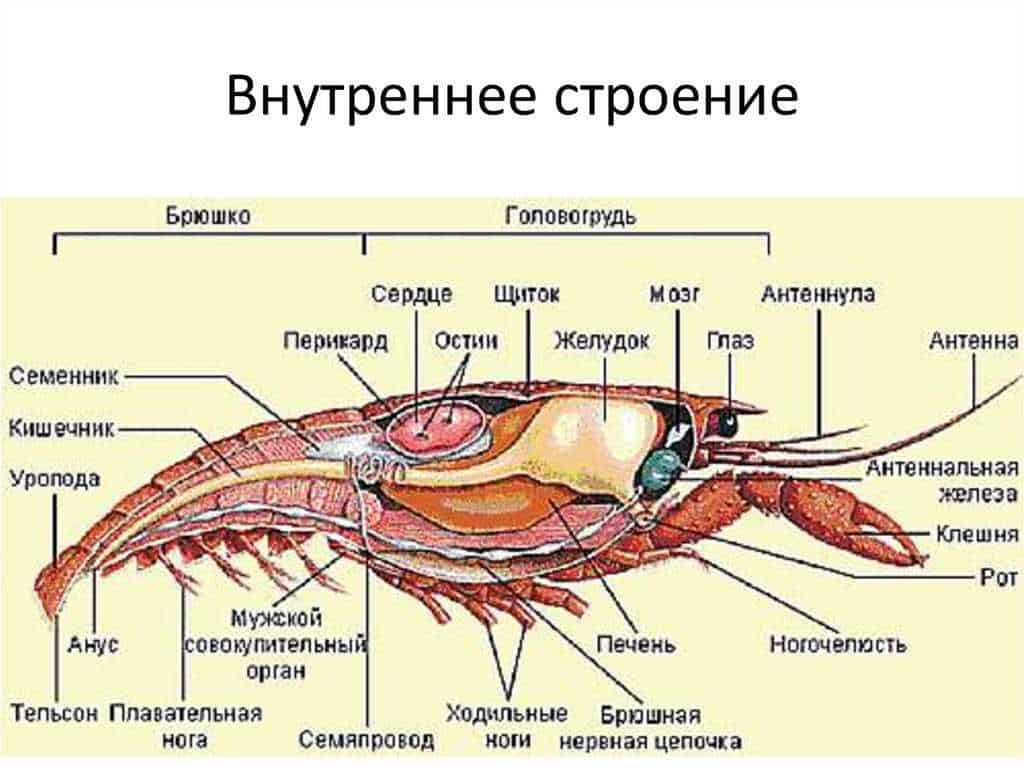
The head of a butterfly contains sensory organs such as eyes, antennae, and lips. Butterfly eyes can be complex or simple, and they play an important role in orientation and foraging. Butterfly antennae allow them to detect chemicals in their environment and perceive odors. Butterfly lips serve as food and have various adaptations to collect pollen and nectar from flowers.
Breast
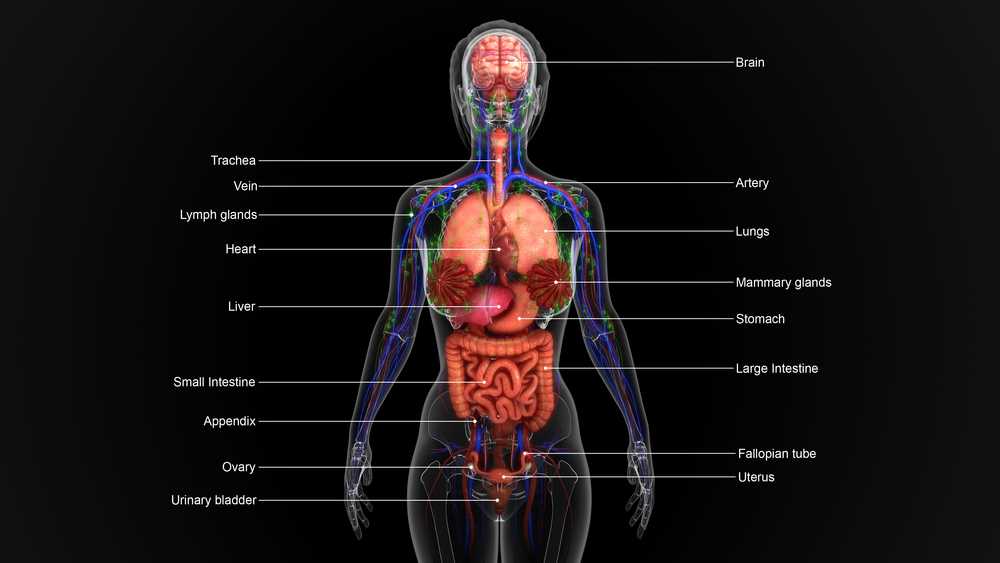
The thorax of butterflies is made up of three segments and contains the muscles that control the wings. Butterfly wings are attached to the chest and provide them with movement. The muscles of the chest allow butterflies to maneuver in the air, rise, fall and change the direction of flight.
Abdomen
The abdomen of butterflies is made up of several segments and contains internal organs such as the heart, intestines, and reproductive organs. The heart of butterflies is responsible for blood circulation and pumps hemolymph, an analogue of blood, throughout the body. The intestines serve to digest food, and the reproductive organs allow butterflies to reproduce and continue their species.
In general, the body anatomy of butterflies is complex and adapted to their lifestyle. Each segment and organ performs important functions that allow butterflies to survive and reproduce.
The structure of the segments

The body of butterflies consists of several segments, each of which performs certain functions. In total, butterflies have three main segments: head, thorax and abdomen.
Head is the front part of the body and contains the sense organs and the digestive system. On the head are compound eyes, consisting of many small eyes, as well as antennae, which are used to sense the environment.
Breast is the middle part of the body and contains the muscles and organs of the digestive and respiratory systems. There are six legs on the chest, which butterflies use for locomotion and feeding.
Abdomen is the posterior part of the body and contains organs associated with reproduction and excretion of waste products. The abdomen also contains the heart, which is responsible for the circulation of blood in the butterfly's body.
Each segment of the butterfly's body has its own specific structure and function, which allows these beautiful insects to survive and reproduce in various environmental conditions.
Butterfly muscles
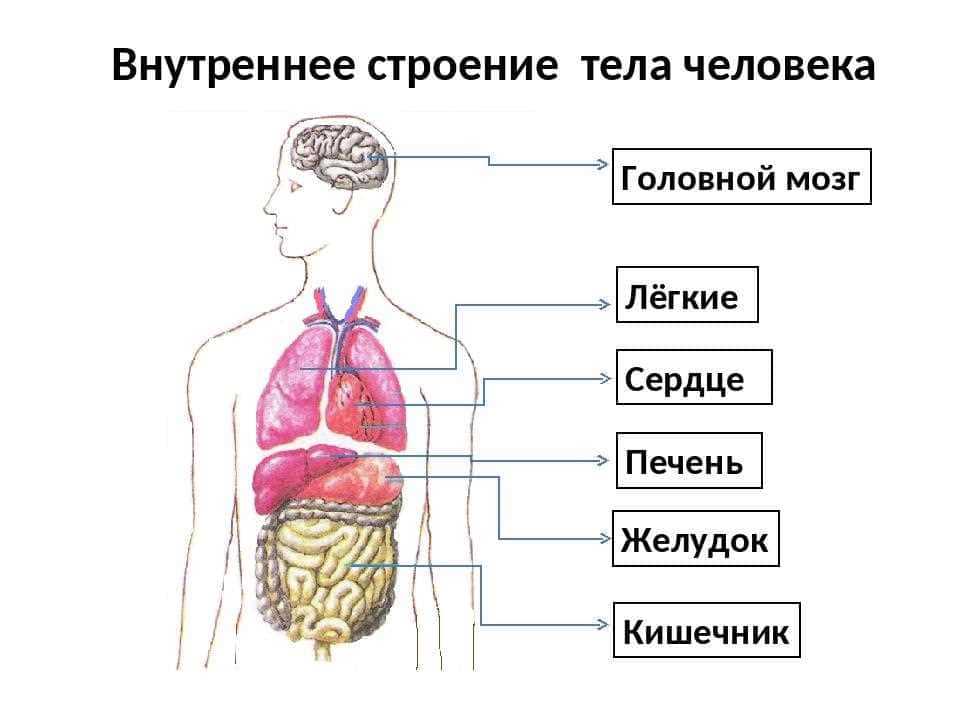
Muscles play an important role in the movement of butterflies. They are responsible for the flexion and extension of the wings, which allows the butterfly to fly and maneuver in the air.
The main muscles that control the movement of the wings are located in the thoracic part of the butterfly's body. Each wing is connected to the pectoral muscle by special muscle fibers. When these muscles contract, the wings flex, creating the lift needed for flight.
Butterfly wings are also supported by a set of smaller muscles. These include the interwing muscles, which control the synchronous movement of the wings, and the inter-beak muscles, which help the butterfly maneuver and change the direction of flight.
In addition to muscles, butterflies also have special organs called chalicycles that help them control the movement of their wings. Halicycles are a set of nerve cells and receptors that respond to changes in airflow and send signals to the muscles to perform the desired movement.
Internal organs of butterflies
The internal organs of butterflies are a complex system that ensures their vital activity and functioning. They include various organs that perform different functions.
Stomach and intestines

The stomach and intestines of butterflies are used to digest food. The stomach is located at the front of the body and has a muscular wall that helps mix and digest food. The intestine is adjacent to the stomach and serves for further processing of food and absorption of nutrients.
Circulatory system

The circulatory system of butterflies consists of the heart and blood vessels. The heart is located at the back of the body and is responsible for pumping blood around the body. Vessels are located throughout the body and serve to transport blood and nutrients to organs and tissues.
Respiratory system

The respiratory system of butterflies consists of breathing tubes called tracheae and spiral tracheal valves. Tracheae penetrate all organs and tissues of butterflies, delivering oxygen to the cells and removing carbon dioxide.
excretory system

The excretory system of butterflies is responsible for removing waste products from the body. It includes the kidneys, which filter waste from the blood, and the bladder, which stores and removes urine.
reproductive system
The reproductive system of butterflies is responsible for reproduction. In males, it includes the genital organs that serve to fertilize females. In females, the reproductive system includes the ovipositor and the eggs that they lay for reproduction.
Digestive system
The butterfly's digestive system consists of several organs that perform different functions in the process of digestion. The main organs of the digestive system include the stomach, intestines, and sponges.
The butterfly's stomach is used to receive and store food. It is located in front of the body and has special muscles that help move food inside the stomach. The intestine is located at the back of the body and is responsible for digestion and absorption of nutrients. Sponges are located at the front of the head and serve to capture and filter food.
The process of digestion in butterflies begins with the capture of food with the help of sponges. The food then passes through the esophagus to the stomach, where it is digested with the help of gastric juices. After that, the digested food moves to the intestines, where the absorption of nutrients occurs. Undigested food remains out of the body through the anus.
The digestive system of butterflies plays an important role in providing energy and nutrients for their life. It allows butterflies to obtain the necessary resources from food in order to grow, reproduce and maintain their activity. Due to the complex structure and functioning of the digestive system, butterflies have successfully adapted to their environment and diverse food sources.
Respiratory system
In butterflies, the respiratory organs are represented by tracheae, which penetrate all segments and organs and deliver oxygen to the cells. The trachea is made up of numerous thin tubes that branch and form a complex network.
In each segment of the butterfly there are special openings called aspirations through which air enters the trachea. Spirals are closed and opened by special valves to control the air flow.
Butterfly tracheae provide an efficient exchange of gases, allowing you to receive the necessary oxygen and release carbon dioxide. They also help to cool the butterfly's body by regulating its temperature.
Butterfly respiratory organs are an important part of their anatomy, providing efficient breathing and keeping these beautiful insects alive.
Circulatory system
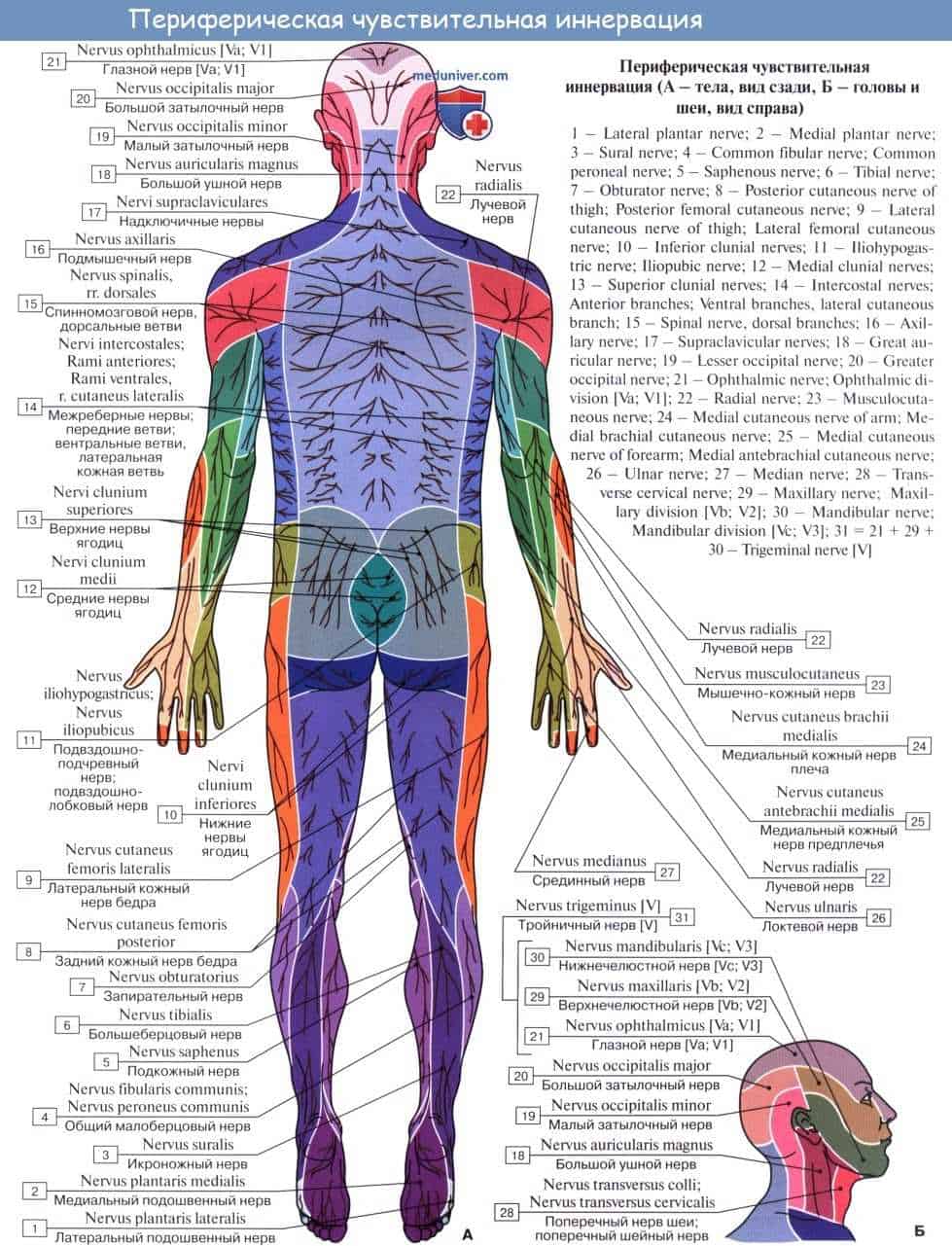
The circulatory system of butterflies consists of a network of blood vessels that permeate all organs and tissues and provide them with nutrition and oxygen.
The main function of the butterfly's circulatory system is to transport blood, which contains nutrients and oxygen, throughout the body. Blood moves through the vessels thanks to the contraction of the heart and the pressure force created by the wings during flight.
Several types of vessels can be distinguished in the circulatory system of butterflies. Large arteries carry blood away from the heart to the organs, while veins return blood back to the heart. Small capillaries penetrate all organs and serve for the exchange of substances between blood and tissues.
The heart of butterflies is a pear-shaped organ located in the abdominal cavity. It consists of several sections and has special valves that provide unidirectional blood flow.
The circulatory system of butterflies plays an important role in their life, providing nutrients and oxygen to all organs and tissues. It is also involved in removing metabolic waste products and toxins from the body.
Nervous system

The nervous system of butterflies consists of central and peripheral parts. The central nervous system is represented by ganglia and spinal nerve centers, which are located along the lower abdomen. Nerve trunks and nerve branches extend from them, which penetrate all segments of the body.
The peripheral nervous system of butterflies consists of sensory and motor nerves. Sensory nerves are responsible for transmitting information from receptors located on the surface of the body and internal organs to the central nervous system. Motor nerves are responsible for transmitting impulses from the central nervous system to the muscles, which allows butterflies to move and perform various movements.
The nervous system of butterflies also has connections with other body systems. It works with the circulatory system to move blood and nutrients throughout the body. Also, the nervous system is connected with the digestive system, controlling the processes of digestion and metabolism.
The nervous system of butterflies plays a key role in their life. It allows them to navigate their environment, respond to danger, and find food and breeding partners. Due to the complex and precise work of the nervous system, butterflies can perform complex maneuvers in flight, control the muscles of the wings and take part in various behavioral acts.

